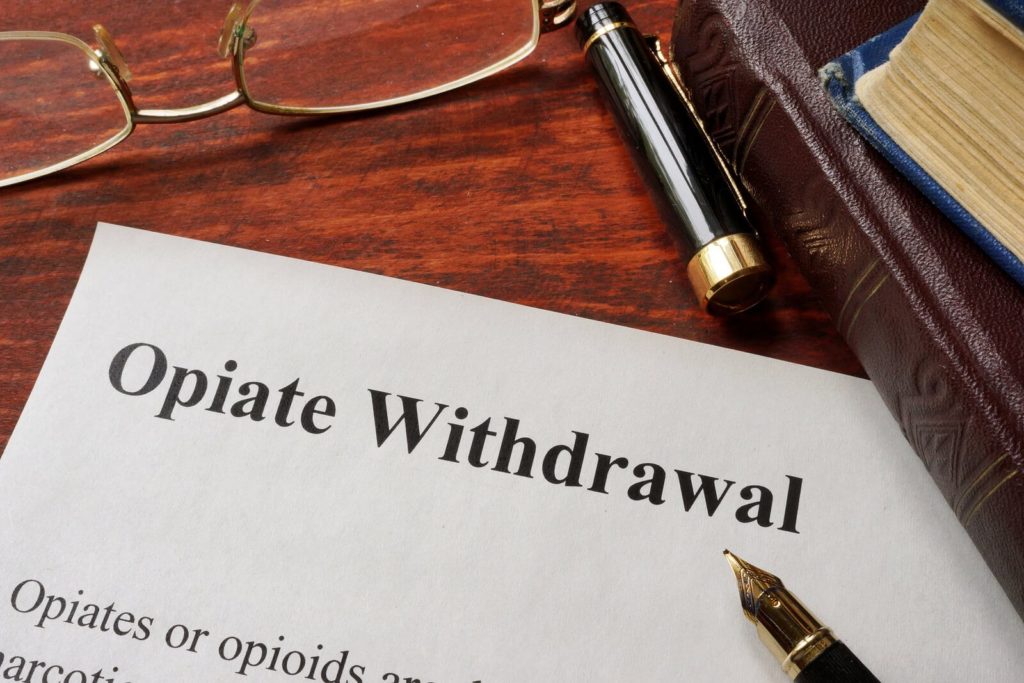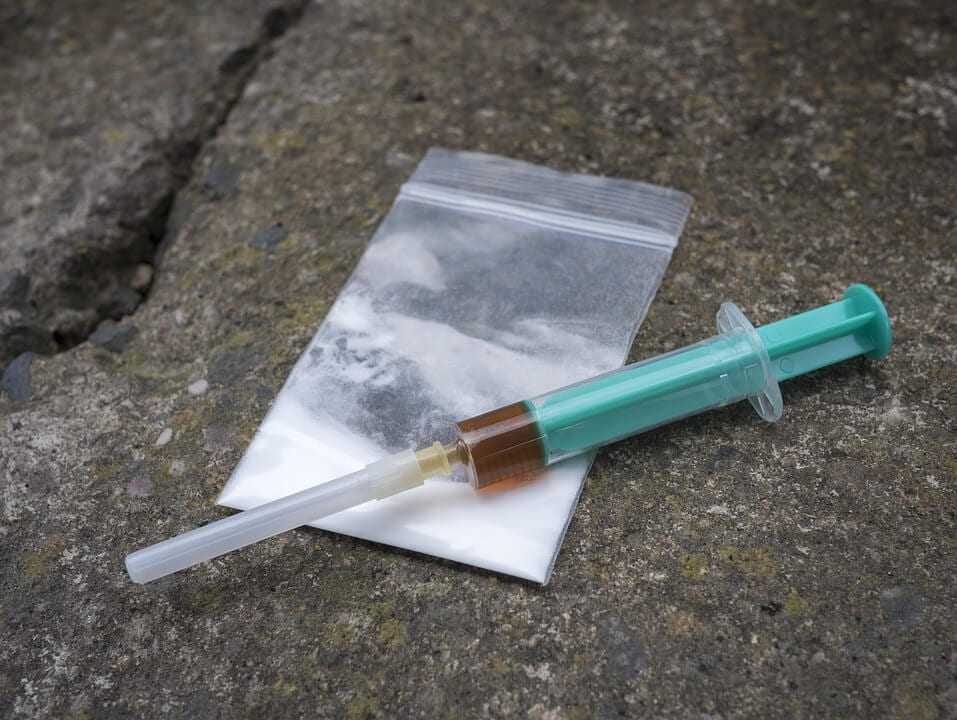
The length of time required for an opiate withdrawal to subside depends on several variables such as the person’s age, overall body chemistry, the dosage regularly consumed, and how long the abuse was underway.
Customarily, those who have been consuming higher doses for extended periods have more intense and longer-lasting withdrawals. Long-term opiate abusers usually must withstand at least five days of very uncomfortable withdrawals symptoms before they subside, though underlying physiological and psychological issues may exacerbate these symptoms.
Opioids are a class of drugs comprised of prescription medications such as morphine, OxyContin, hydrocodone, and fentanyl, as well as some illicit substances such as heroin. The term ‘opiates’ normally refers to substances which are directly derived from the opium poppy (e.g., morphine and codeine) while the rest of the drugs in the opioid class are purely synthetic. For the purposes of this article, ‘opioid’ and ‘opiate’ may be used interchangeably to refer to both types of drugs.
How Do Opiates Work?
Opioids stimulate the production of beta-endorphins which bind to and affect opioid receptors in the body, mitigating pain. Beta-endorphins also indirectly boost neural concentrations of dopamine, a neurotransmitter responsible for feelings of happiness, reward, and euphoria. These dopamine-induced, recreational effects are the reason why people abuse opioids so regularly.
Opioids are remarkably useful in modern medicine. Yet, because they produce such profound alterations in brain chemistry, regular abuse of them almost always leads to an addiction that may be intractable without outside intervention.
Indeed, opioids are beguiling, and when under their spell, people report that use makes everything feel warm and pleasant and stress-free. Thus, without sufficient motivation to avoid the addiction outright, people may end up at their mercy – hopeless, unless someone rescues us.
Opiate Withdrawal Symptoms

When a person takes a drug, over time their body becomes accustomed to the dose and requires more and more to achieve the desired effect – this is tolerance. As the body grows more tolerant, it begins to need the drug to function adequately – this is dependence. When a person’s body becomes chemically dependent on a substance, it enters a temporary state of dysfunction when that substance is absent – this is opioid withdrawal syndrome.
The worst aspects of opioid withdrawals occur within the first week, though some symptoms persist even longer. In all, withdrawal symptoms will last around one month, but depending on the person, it could take several months for all symptoms to abate. Long-lasting withdrawal symptoms typically include anxiety, depression, and insomnia.
Opiate Withdrawal Timeline
Given that each person’s body is unique, a perfectly precise timeline for opiate withdrawals is impossible to establish. That said, we can construct a general timeline with which most cases of opiate withdrawal follow.
Days 1-2
These first days are usually the most grueling, and because consuming more opioids resolves the withdrawals immediately, relapse becomes an intense temptation. In the earliest phases after the last dose, the soothing effect of the opiate will wear off, replaced by cravings for more opiates, restlessness, and anxiety. These symptoms will steadily become more powerful as the drug exits the system and leaves behind a chemical void in its wake.
Opioids with shorter half-lives, such as heroin, can produce withdrawals as soon as six to twelve hours following the last dose. Opioids with longer half-lives, such as buprenorphine or methadone, only begin producing symptoms after one or two days, once they finally wear off. For shorter-acting opioids, withdrawal symptoms peak between one to three days after the last dose and slowly fade throughout the first week.
At this time, the most conspicuous symptoms are muscle aches and pains. Opioids numb the nerves in our muscles, and once this numbness abates, the rebounding, over-excited nerves can’t regulate pain properly, causing pain and discomfort all over, but especially in the back and legs. The intensity of these pains can range from inconvenient to excruciating.
Symptoms arising in the first two days may include:
- Muscle aches and pains
- Lacrimation (teary eyes)
- Diarrhea
- Difficulty sleeping
- Loss of appetite
- A runny nose
- Profuse sweating
- Severe Anxiety
- Panic attacks
Days 3 – 5
The worst of the pain should now be over, but it may not be entirely gone. At this point, it may become difficult to keep food down due to nausea and vomiting. Diarrhea tends to lessen at this point, but mostly due to the loss of appetite.
Overall, the withdrawal symptoms of short-acting opioids should be subsiding. However, abusers of long-acting opioids may be suffering the peak of their withdrawals, experiencing excessive sweating, appetite loss, digestive issues, and trouble sleeping.
Symptoms experienced between the third and fifth days may include:
- Goosebumps
- Shivering
- Stomach aches
- Nausea
- Vomiting
- Anxiety
After Day 5
On the sixth or seventh day, the most harrowing symptoms have tapered off, but the battle is not over, however.
Eating may still be challenging, nausea and anxiety may persist. During this time, the body is recalibrating its ability to create and distribute endorphins adequately.
After about a week, natural endorphin-regulating faculties are returning, allowing the individual some normalcy regarding what they feel. Nevertheless, the full return of chemical stability may take over a month.
Treatment for Opiate/Opioid Addiction
Opiate addiction is life-threatening conditions and should be treated with a medical detox followed by inpatient or intensive outpatient therapy. Our programs offer comprehensive, evidence-based treatment including behavior therapy, counseling, and group support.
Our medical and mental staff employ expertise in substance abuse and addiction and provide clients with the tools they require to attain sobriety and enjoy long-lasting happiness and wellness during recovery.